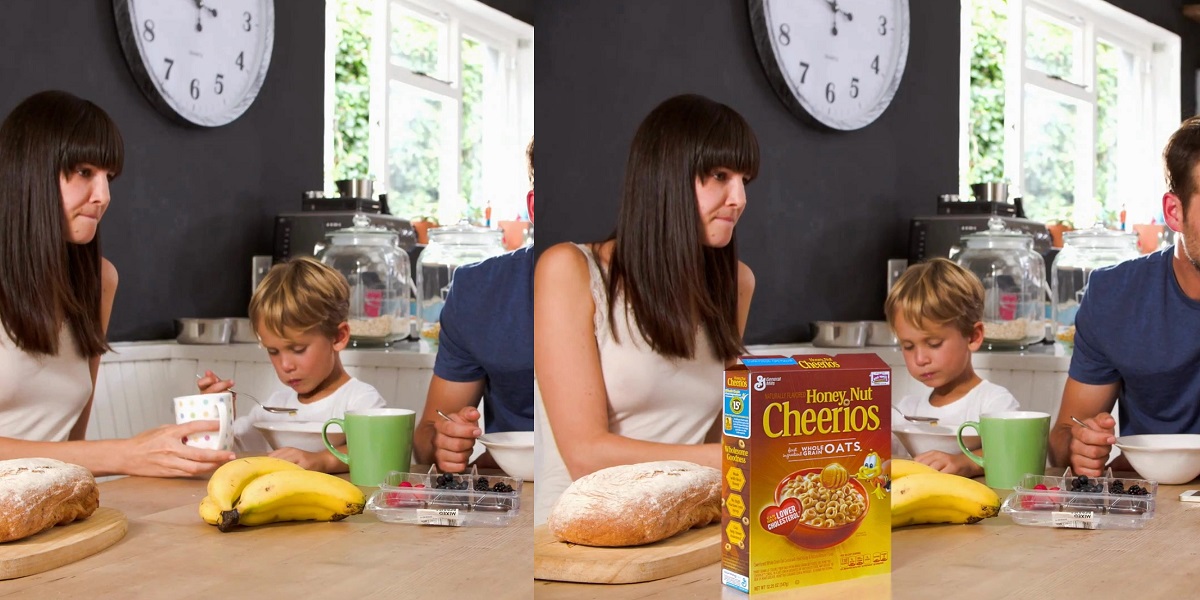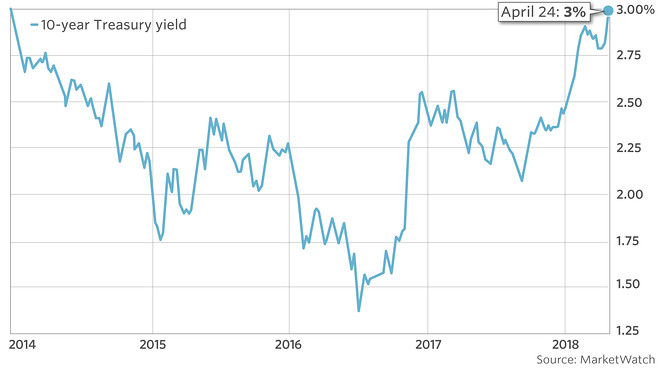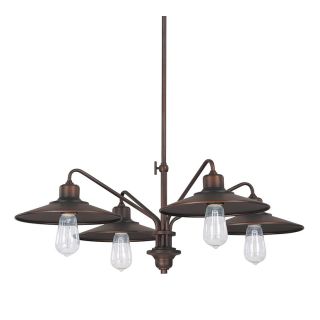A positive correlation is present when __________ Social Work Short Question
Contents:


Sometimes it might not be practical to collect causal information such as data from the clinical trials of a drug. The correlation between the factors and the environment should be validated with certain significance level and power. Further, when people are introduced to and are being trained in structured problem solving, correlations are a good route for inducting them into a “cause-and-effect” mode of thinking. This is also applicable when training people on data based decision making and data driven improvements. But it that the real root causes is brushing his teeth at a particular time. This reason seems nowhere connected to eye sight problem but only by root cause analysis this correlation between brushing teeth at a particular time & having eye sight problem is identified.
Evolutionary dynamics of mushroom body Kenyon cell types in … – Science
Evolutionary dynamics of mushroom body Kenyon cell types in ….
Posted: Fri, 05 May 2023 18:02:07 GMT [source]
Unlike Variance, which is non-unfavorable, Covariance may be negative or constructive . Let us consider that 2 variables A and B do not have a cause -effect relationship, but have a strong positive correlation with each other. Now if the cause for either A or B is known then both A & B can be controlled. Positive correlation is when the increase in one variable simultaneously causes increase in the value of another variable. Negative correlation is when increase in the value of one variable causes decrease in the value of another variable.
What is ‘Correlation’
If the connection between the variables just isn’t linear, then the correlation coefficient doesn’t adequately characterize the power of the relationship between the variables. A correlation coefficient is a measure of how well the information factors of a given set of knowledge fall on a straight line. It tells you if there is a linear relationship between the two variables concerned .

Next, see if the Significance (2-tailed) value for all the independent variables is less than 0.05 or not. In a negative correlation, the variables move in inverse, or opposite, directions. When two variables have a positive correlation, it means the variables move in the same direction.
A unfavorable correlation is a relationship between two variables that move in opposite directions. The correlations of these variables with digestate VS in the industrial knowledge are all very low and insufficient to yield a reliable process model. The low correlations observed might point out disturbances within the course of which are unmeasured and subsequently not included within the model. This could include the feed composition for which there isn’t any measure of and the environmental conditions within the digester. The correlation coefficient is a statistical measure of the power of the connection between the relative actions of two variables.
Which means when one variable remains constant, while the other variable increases or decreases. As an example, Crime rate is increased in Ahmedabad VS Ice cream sales has decreased. There can be good correlation between both the events but, the real root cause can be something different. However, to ensure the success of the project, at the end of the exercise, all participants should be on the same page. The expertise of the Project manager and the process owner is of utmost importance here.The objectives and actionable become clearer from hereon.
Significance (2-tailed) value
It is used in scatter diagram which provides a graphical representation of the relationship of two continuous variables. Correlation by itself does not imply a cause & effect relationship. From scatter diagram we can judge strength of relationship by width or tightness of scatter, and determine direction of relationship eg.
It tells us that as the value of one variable increases, the value of the other decreases. Suppose, it is found that the more time the students spend on studying, the higher was their achievement score. Also, the less they studied, the lower was their achievement score.
Depression literacy and misconceptions scale (DepSter): a new two … – BMC Psychiatry
Depression literacy and misconceptions scale (DepSter): a new two ….
Posted: Mon, 01 May 2023 11:58:06 GMT [source]
A perfect positive correlation is formed when the proportionate change in two variables occurs in the same direction. When there is a perfect positive correlation between two variables, the correlation coefficient is +1. A scatter diagram is used to determine the relationship between two variables.There can be a positive, negative or no correlation. A excellent unfavorable correlation means the relationship that exists between two variables is adverse a hundred% of the time. When you utilize Spearman rank correlation on one or two measurement variables transformed to ranks, it does not assume that the measurements are normal or homoscedastic. If you have a non-monotonic relationship , you shouldn’t use Spearman rank correlation.
Spurious correlation—significant correlation between two variables that is likely due to coincidence, i.e., there is no obvious reason why the two variables should be correlated but they are. If the number is equal to +1 or equal to -1, the correlation is called perfect; that is, it is as strong as possible. If the number is equal to zero, then there is no correlation between the two variables being correlated. If the number is greater than zero, there is a positive correlation. The”Pearson correlation coefficient”, Pearson’s r, is used if the values are sampled from “normal” populations. This indicates that no significant relationship exists between two variables or the two variables are unrelated.
Negative Correlation
If the correlation between two variables is 0, there isn’t any linear relationship between them. The variables which can take any value in an interval are continuous variables. The data set must contain continuous variables to compute the Pearson correlation coefficient.
An instance of a strong unfavorable correlation could be -.ninety seven whereby the variables would transfer in reverse instructions in a nearly similar transfer. The correlation coefficient requires that the underlying relationship between the 2 variables under consideration is linear. If the connection is understood to be nonlinear, or the noticed pattern appears to be nonlinear, then the correlation coefficient is not helpful, or at least questionable. Anytime the correlation coefficient, denoted as r, is greater than zero, it’s a positive relationship. Conversely, anytime the worth is less than zero, it is a unfavorable relationship. A worth of zero signifies that there is no relationship between the two variables.
This relationship may or may not characterize causation between the 2 variables, however it does describe an current pattern. Perfect unfavorable correlation means a direct relationship always exists with a lower in a single variable all the time meeting with a corresponding increase in the different. Statisticians assign a unfavorable value to unfavorable correlations and a optimistic worth each time a positive correlation exists. Negative correlation is a relationship between two variables in which one variable will increase as the opposite decreases, and vice versa. In statistics, a perfect negative correlation is represented by the value -1, a 0 indicates no correlation, and a +1 indicates an ideal constructive correlation. We use correlation in root cause analysis because correlation analysis measures the degree of linear relationship between two variables.
- Correlation by itself does not imply a cause & effect relationship.
- For example, if we keep the price of cola constant and check the correlation between temperature and the demand for cola, it is a partial correlation.
- The strength of that relationship is given by the “correlation coefficient”.
- This reason seems nowhere connected to eye sight problem but only by root cause analysis this correlation between brushing teeth at a particular time & having eye sight problem is identified.
It is often misunderstood that correlation analysis determines cause and effect; however, this is not the case because other variables that are not present also may have impact on the results. It means that change in one variable may cause change in the other variable and cause alterations over a period of time. The real clue could be that there is some underlying cause which is common to both the events and that is the reason why both are moving hand-in-hand. Consider an example from a study which found a high correlation between consumption of ice cream and death by drowning.
Now, let us proceed to a a positive correlation is present when way of calculating the correlation coefficient. There exists a curvilinear correlation if the change in the variables is not constant. Also bear in mind that a correlation only tells us about linear relationships between variables. Two variables may be strongly related but not in a straight line, giving a low correlation coefficient. The adage “Correlation is not causation” states that two variables do not always have to be related in order for one to be the cause of the other.
This assumptions of the pattern size, both variables must be usually distributed (usually distributed variables have a bell-shaped curve). The simplest tool used in correlation and regression analysis is often called scatter plot or scatter diagram which is plot of one variable versus another. The assumption is that the independent variable is causing a change in the dependent variable. Scatter plots are used to answer question like” does the length of training have anything to do with the amount of scrap an operator makes. 0.01Studies on social sciences or any study involving primary data to check respondents’ opinions/ perspectives.95%Allowing only a 5% chance of error in the result. Therefore, the Significance (2-tailed) value to look for in all variables should be less than 0.05.
A correlation seeks a connection between variables by identifying them. An experiment investigates the impact of an independent variable on a dependent variable, whereas a correlation looks for a relationship between two variables. This means that, whereas a correlation can only predict a relationship because an unaccounted-for external variable may be involved, an experiment can predict cause and effect .
Correlations between commodities can now be easily calculated using various software and internet platforms. In the construction and price of derivatives and other complex financial products, correlations, including different concepts, play a critical role in finance. Correlation between two variables does not mean that one causes changes in the other. Correlation merely evaluates correlations between variables, and various circumstances may cause the associations. Causation is one plausible explanation for the association, but this is not the only one. When two variables move in the same direction at the same time, they are said to be positively linked.

We may analyse the association between the factors and decide if they are correlated or not using a scatterplot. Thus, if all points on the scatter diagram appear to fall on a straight line going upward from left to right, there exists a perfect positive correlation between the variables. When the proportionate change in two variables moves in the opposite direction, they have a perfect negative correlation. The correlation coefficient for a perfect negative correlation is -1.
So, check to make sure there is a plausible explanation for any significant correlations. The strength of that relationship is given by the “correlation coefficient”. In psychological research, we often wish to determine the relationship between two variables for prediction purposes. The presence of a relationship between two factors is primarily determined by this value. Correlation coefficients whose magnitude are between 0.9 and 1.0 indicate variables which could be thought-about very extremely correlated.
How do you know if there is a positive correlation?
In statistics, a positive correlation shows that changes in one variable will relate to the same type of changes in a second variable. The data is usually displayed in a scatterplot, which shows the linear relationship between variables in a positive correlation graph.
This shortlists the potential causes from the huge universe of causes, leaving the project team with a reduced list of potential, most-likely causes to be investigated further. Without this shortlisting, the project team can get drowned in the sheer number of potential causes, the recovery from which can use up valuable project time. It is still may be necessary to use correlation technic because we don’t know at the point of time we do root cause that whether or not the correlation exists.
According to economic theory, supply grows in lockstep with the price. This is because vendors will sell more when prices are high because it is advantageous for them to do so. Price and quantity delivered are thus said to be positively related.
This is a statistical technic used to see whether or not the variables are mutually related & to what extent or degree the variables are related. When more people invest in stock market, the market indices go up, which in turn would make more people to invest. Event P and Event Q may both be a resultant of a third variable, that acts as a common cause for both these events, but they do not impact each other. How will it sound if we conclude that the rotation of earth is caused by Days and Nights? However, for not so familiar events, going just by correlation, the cause-effect relation may be mistaken in the opposite understanding.
Where the author shows the graph, you can get a good idea from the scatter as to how strong the relationship is without needing to know the r value. The fact that the r value is negative shows that the correlation is negative, indicating that patients with a higher level of physical activity tended to have a lower BMI. Hiring more salespeople will result in increased revenue for the company. Less effort put into marketing your business will result in fewer new customers. We are a team of dedicated analysts that have competent experience in data modelling, statistical tests, hypothesis testing, predictive analysis and interpretation.
What is an example of a positive correlation?
A positive correlation exists when two variables move in the same direction as one another. A basic example of positive correlation is height and weight—taller people tend to be heavier, and vice versa. In some cases, positive correlation exists because one variable influences the other.
We know, by definition, that a constant has zero variance , which means it also has a normal deviation of zero . So, if we tried to resolve for the Correlation between a constant and a random variable, we would be dividing by zero in the calculation, and we get something that’s undefined. The correlation coefficient should not be used to say anything about cause and effect relationship. By examining the value of ‘r’, we may conclude that two variables are related, but that ‘r’ value does not tell us if one variable was the cause of the change in the other.
What makes a positive correlation?
A positive correlation exists when two variables operate in unison so that when one variable rises or falls, the other does the same. A negative correlation is when two variables move opposite one another so that when one variable rises, the other falls.
